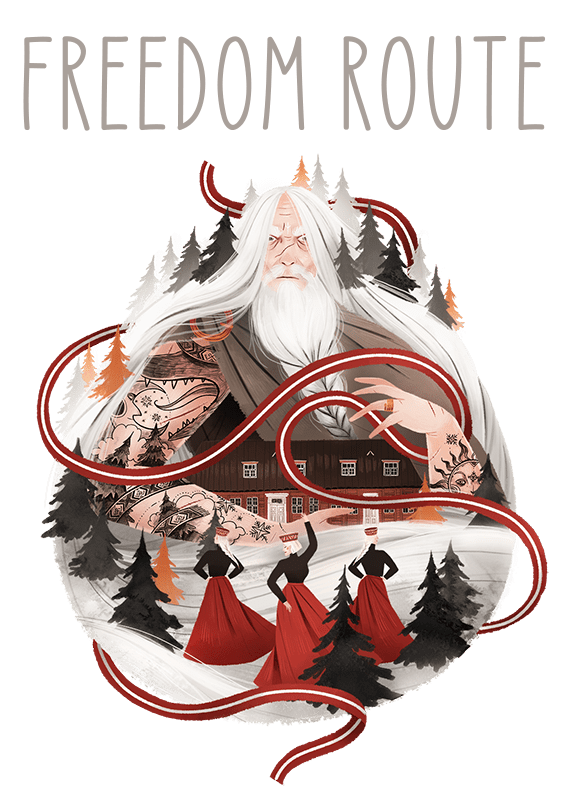Cultural and natural heritage objects Informational campaign "Found Latvia"
Ceļi
The more than six-hundred-year-old route from Ludza to Daugavpils takes you on a journey through Latgale – Māra’s land –
where the mythology of ancient Latgalians is intertwined with the strong Catholic faith and the European values. The road marks Ludza as the strong guarding of Livonia’s borders, Preiļi as the romantic and luxurious Earl Borhi shelter and Daugavpils as a fortress that has repelled even Napoleon’s army attack.
Dating back to the 14th century, this route knits together places where culture, science and politics endured significant change and undertook new meaning. Here, the Bible was translated, the first Latvian schools were founded, the Church of the Brethren and the Hernhutts served, and many, many influential Latvian cultural, scientific and social figures lived.
In the 17th century, Duke Jacob of Courland and Semigallia actively fostered manufacturing and shipbuilding to the point where he could trade almost anywhere in the world. The modern Jēkabs’ Route sets out from Alsunga, winds through Duke Jacob’s home town Kuldīga and continues to the former Duchy’s capital, Jelgava.
The Livonian land route winding along the Baltic Sea has connected Ventspils and Salacgrīva since at least the 16th century. Here, sharing tracks with ancient Curonians and Latgalians, Livonian and Latvian tongues intertwined, with the Livonian heritage remaining ever-present in our lives.
Dating back more than 600 years, this route has seen the rise and fall of Livonia, the birth and rebirth of Latvia’s national flag, and Latvia’s freedom won in the 1919 Battle of Cēsis. On the evening of 23 August 1989, thousands upon thousands of Latvians lined up on the Baltic Route and joined hands with neighbouring Lithuanians and Estonians to form a human chain, showcasing their desire to be independent.
A major waterway, a central artery, a link to other people and cultures, and a string of the Latvian heart. As a significant branch of the trade route from the Varangians to the Greeks, the river flourished during the Viking Age, eventually becoming a place and cause for wars, and serving as a conduit for goods until WWI.
The route along Latvia’s Western shore winds through Bernāti, Liepāja, Vērgale and Pāvilosta, telling a story of yearning for freedom and longing to see what lies beyond the horizon. For thousands of years, this land was home to the seafaring Curonians; it provided shelter to the newly born Latvia’s first provisional government in 1919; and it came alive with the voices of Latvian musicians singing freedom songs at the Liepājas dzintars festival.
Māra’s Route
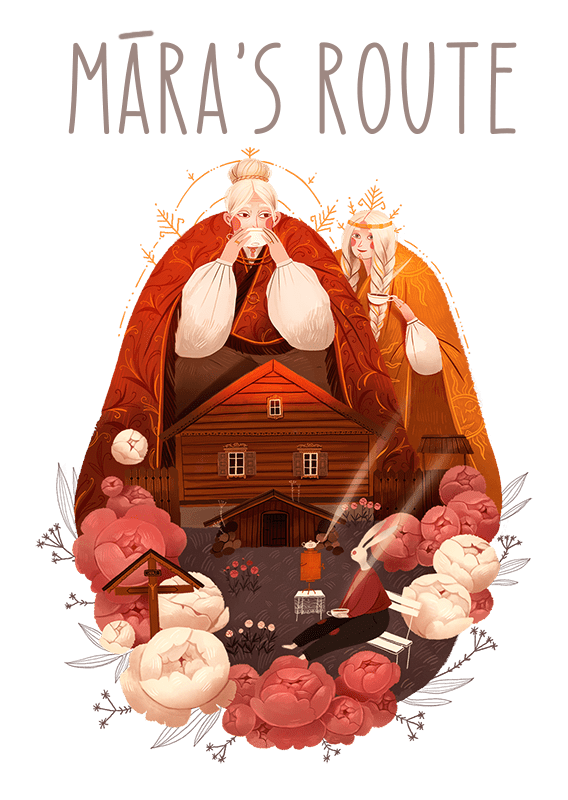
The Light Route
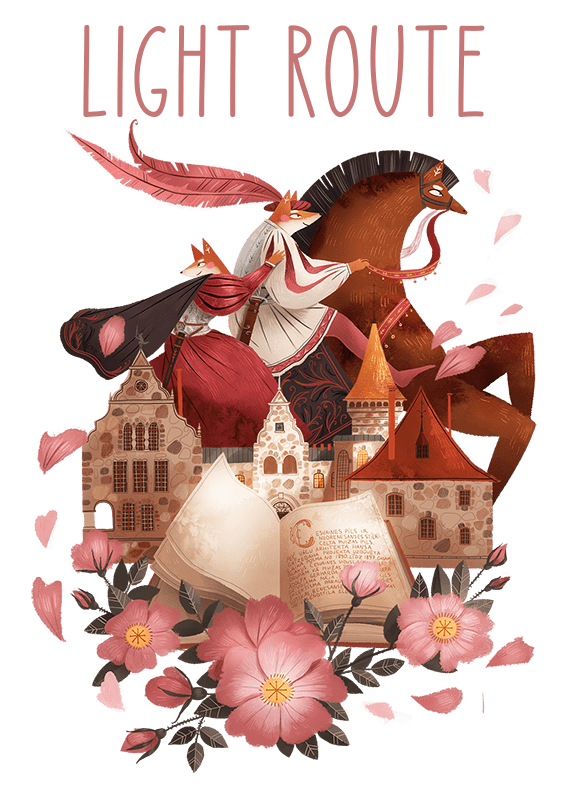
Jēkab’s Route
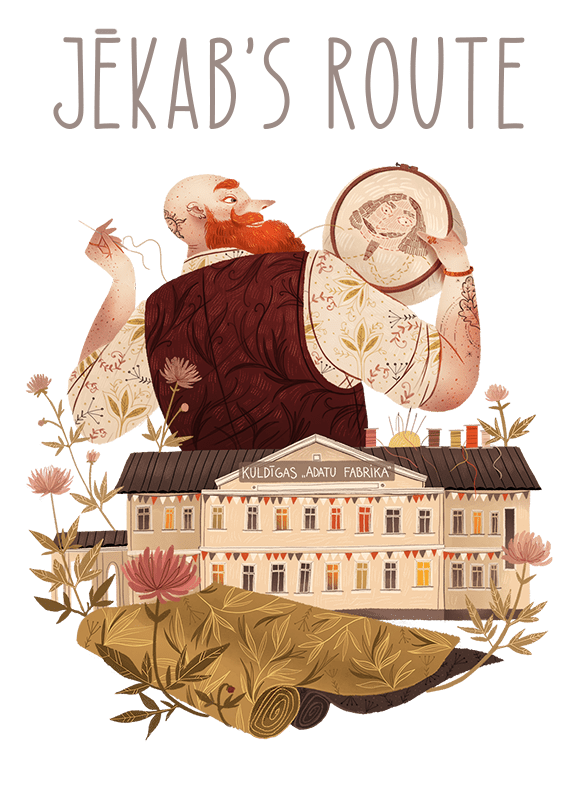
The Livonian Route
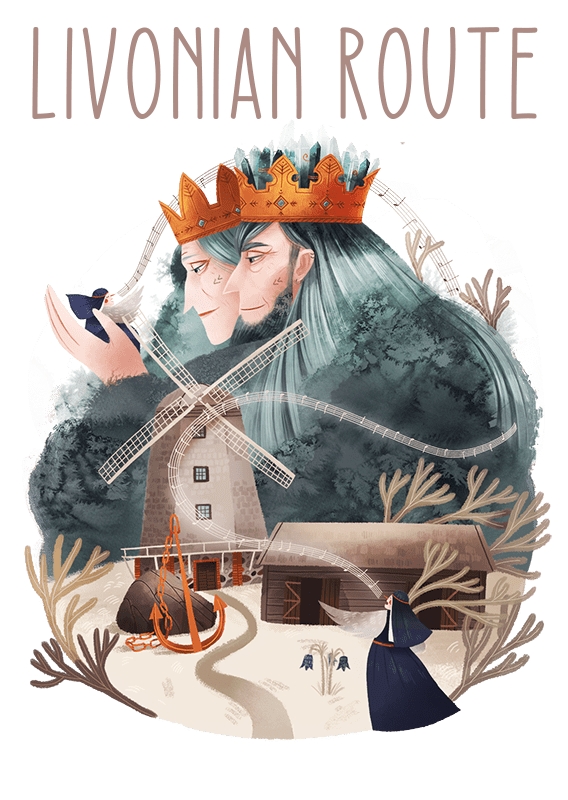
The Baltic Route
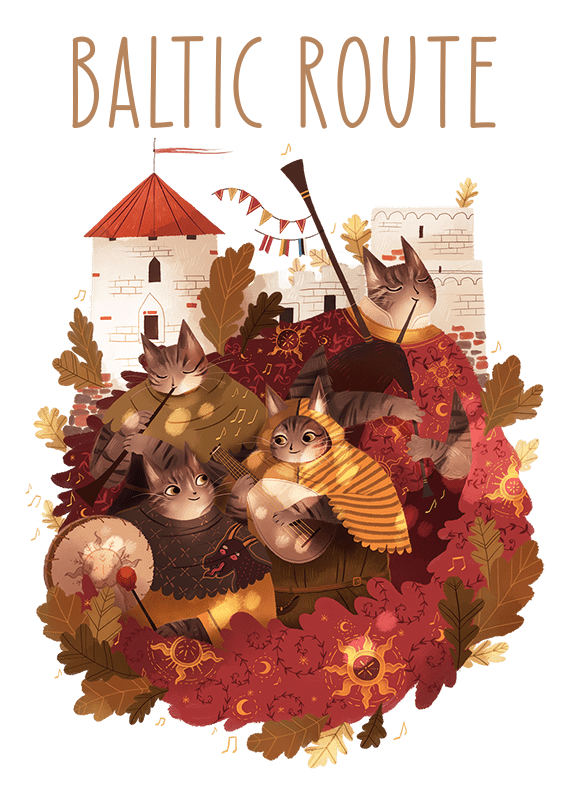
The Daugava Route
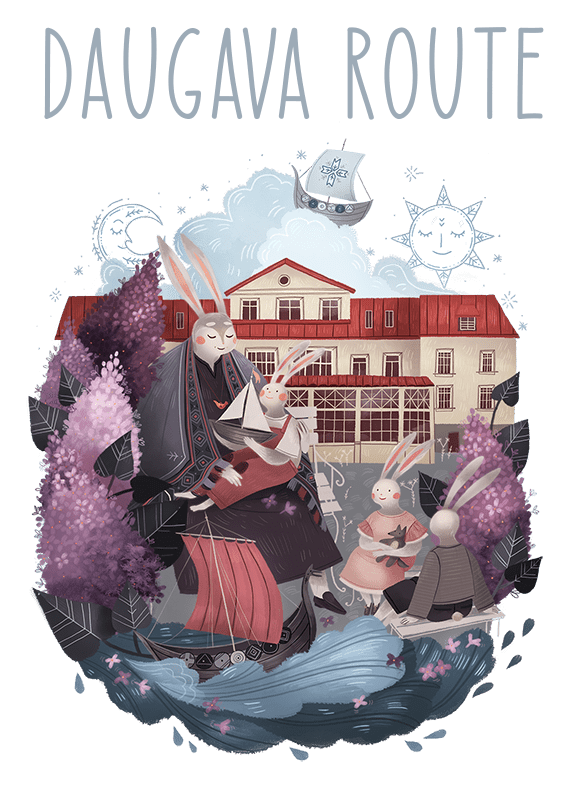
The Freedom Route
